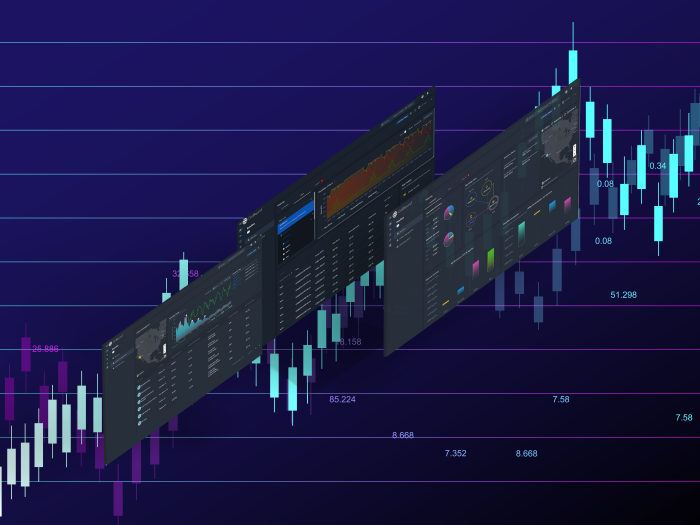News
better business decisions
Posted 1 year ago | 4 minute read

NERC warns of potential power outages this Summer
Extreme heat could threaten the energy supply this summer, driving up demand for electricity and potentially causing shortfalls and power outages, NERC has warned.
The states and regions most at risk are Texas, California, the Southwest, New England and much of the Midwest, according to NERC’s 2024 Summer Reliability Assessment released on May 15.
Expected wide-area heat events that affect generation, wind output, or transmission systems coupled with demand growth in some areas are contributing to adequacy risks for resources and transmission. All areas are assessed to have adequate supply for normal peak load due, in large part, to a record 25GW of additional solar capacity added since last year. However, energy risks are growing in several areas when solar, wind, and hydro output are low.
In addition, weather services are expecting above-average summer temperatures across much of North America, which can contribute to high peak demand as well as an increase in forced outages for generation and some equipment. In addition to forecasts for extreme heat this summer, other risk factors cited in the report include continued supply chain delays for utilities seeking to acquire essential equipment and the potential for wildfires in late summer as conditions grow hotter and drier.

Source: NERC
NERC’s assessment also warns that the areas most at risk have these additional challenges:
- ERCOT: As a result of continued vigorous growth in both loads and solar and wind resources, there is a risk of emergency conditions in the summer evening hours when solar generation begins to ramp down. Contributing to the elevated risk is a potential need, under certain grid conditions, to limit power transfers from South Texas into the San Antonio region. These grid conditions can occur when demand is high and wind and solar output is low in specific areas, straining the transmission system and necessitating South Texas generation curtailments and potential firm load shedding to avoid cascading outages.
- Midcontinent Independent System Operator (MISO): New solar and natural-gas-fired generation and additional demand response resources are offset by generator retirements, lower firm imports, and increased reserve requirements. MISO is expected to have sufficient resources, including firm imports, for normal summer peak demand. However, it can be challenging for MISO to meet above-normal peak demand if wind and solar resource output is lower than expected. Wind generator performance during periods of high demand is a key factor in determining whether there is sufficient electricity supply on the system or if external (non-firm) supply assistance is required to maintain reliability.
- NPCC-New England: With the retirement of two gas-fired generators in May 2024 (1,400MW combined summer capacity), ISO New England will have less capacity this summer. This makes it more likely that ISO New England will need to resort to operating procedures for obtaining resources or non-firm supplies from neighboring areas during periods of above-normal peak demand or low-resource conditions. Summer heat waves that extend over the entire area can limit the availability of excess supplies and increase the risk of energy emergencies in New England.
- WECC-CA/MX: New solar and battery resources are contributing to higher on-peak reserve margins (46.7%, up over 11 percentage points since 2023) for the upcoming summer. Winter precipitation and snowpack have alleviated drought conditions across California, making more output from the area’s hydropower resources available to balance variability in wind and solar output. Probabilistic assessments performed by WECC show that the risks of load loss are similar to Summer 2023, ranging from negligible to 0.8 loss of load hours (LOLH) depending on how much of the area’s new solar and battery resources (totaling nearly 6 GW of nameplate capacity) are completed over the summer. The loss-of-load risk in this analysis occurs primarily under above-normal demand and low-resource conditions (e.g., low solar output, below-normal imports due to wide-area heat conditions or transmission limitations). Furthermore, risk is concentrated in the Baja (Mexico) portion of the WECC-CA/MX 5. The assessment area has adequate resources for normal summer conditions.

Forecaster
From accurate forecasts, advanced trading strategies, and real-time analysis, through to robotic trading and asset optimization and control, our services helps you increase margins, optimize financial returns, and navigate the complexities of the energy market with confidence.
Learn more







